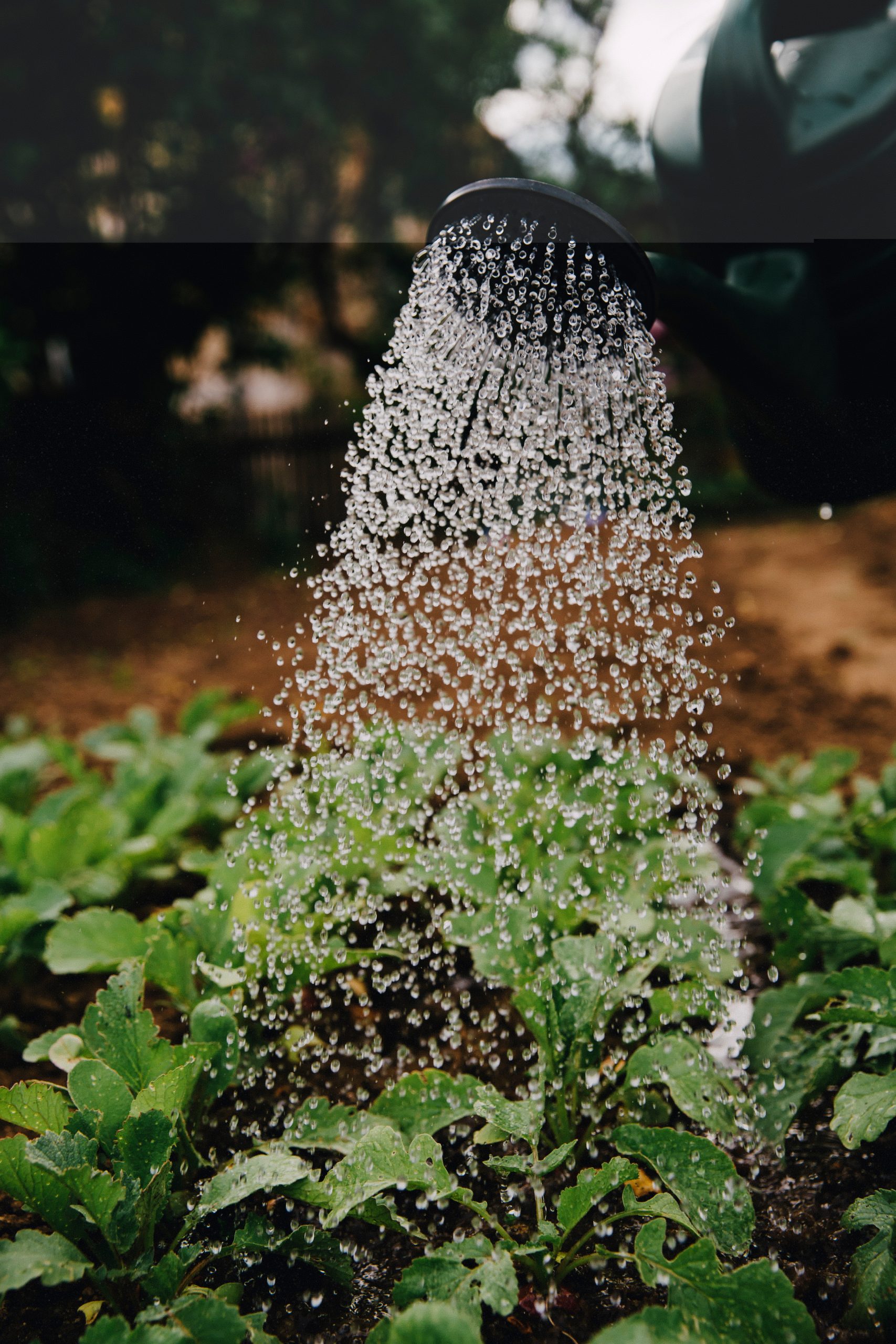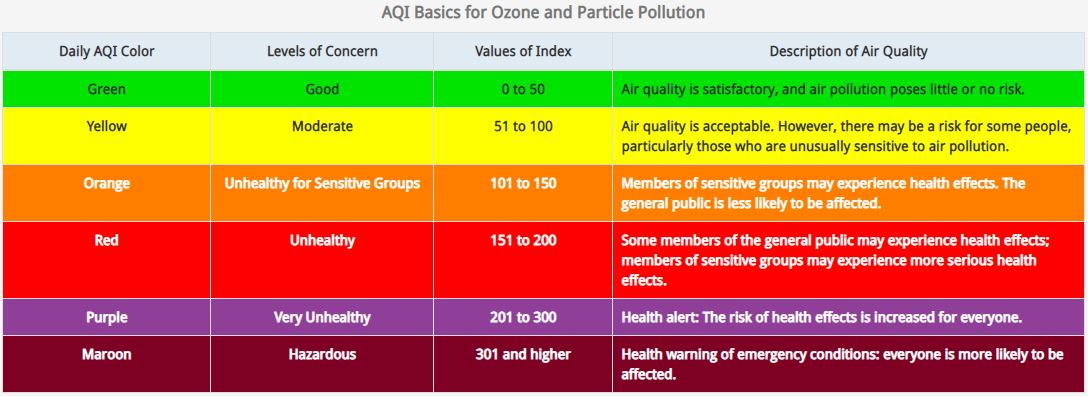Phytoremediation Cleans Up Soil Naturally
Phytoremediation Cleans Up Soil Naturally
It’s happened to the most careful and graceful of us: a cup of coffee or plate of spaghetti sauce lands on the carpet, upside-down, of course. Out come the carpet cleaners, vacuum cleaner, or if you’re really prepared, the carpet-cleaning machine, and we do our best to treat the area and cordon it off for “drying”. If the offending stain doesn’t appear again, case closed.
But what if you or someone else spills a toxic chemical on a large area of your lawn? How do you remove that? There are no “lawn cleaners”...or maybe there are.
The Environmental Protection Agency (EPA) is the U.S. agency concerned with not only monitoring, but cleaning up those big spills or more unfortunately “dumps” in the U.S. It mandates how the sites are cleaned up and should hold individuals or corporations liable for the damage. Unfortunately, as long as there is industry, there will be accidental, and often intentional, spill on land and water. However, sometimes, the “cleanup” may not look like cleanup at all, if phytoremediation is used. A toxic waste cleanup site may look like any other green field.
Phytoremediation refers to the different ways plants can be used to “clean up” contaminated soil. Around 400 species of plants are called “hyperaccumulators” because they absorb unusually large amounts of metals in comparison to other plants. These plants have been found to accumulate metals at a rate 50 - 100 times higher than normal plants. (Phytoremediation of soil metals) They do this in a number of ways; the following terms are taken from the EPA’s Phytoremediation Resource Guide:
Phytoextraction: some plants take up metal contaminants in the soil by plant roots and move them into the aboveground portions (stems, leaves, fruit).
Rhizofiltration: some plants adsorb contaminants from ground water onto their roots, or in the case of aquatic species, the plants live in contaminated water (like wastewater). Duckweed is a species that has been shown to remove many types of heavy metals from water. (Duckweed: A Model for Phytoremediation Technology)
Phytostabilization: some plants are used to immobilize contaminants in the soil and ground water through absorption and accumulation by roots, adsorption onto roots, or precipitation within the root zone. This process reduces the mobility of the contaminant and prevents migration to the ground water or air, and it reduces bioavailability for entry into the food chain.
Phytodegradation: some plants take up contaminants and break them down through metabolic processes within the plant, or through the effect of compounds (such as enzymes) produced by the plants. Pollutants are degraded, incorporated into the plant tissues, and used as nutrients.
Rhizodegradation: the breakdown of contaminants in the soil through microbial activity that is enhanced by the presence of the rhizosphere and is a much slower process than phytodegradation. Microorganisms (yeast, fungi, or bacteria) consume and digest organic substances for nutrition and energy. This is becoming a very popular topic and technology as scientists learn how to modify and genetically engineer microbes for particular purposes.
Phytovolatilization: some plants are able to take up and transpire (breathe out) contaminants, releasing the contaminant or a modified form of the contaminant to the atmosphere. It is known that trees with deep roots transpire radon from the ground and groundwater.
So, once the area is planted with hyperaccumulating plants, what happens next? Unless the contaminant is phytodegraded, meaning, the plant breaks it down, the plants will still contain the contaminants, so they must be harvested and disposed of properly. If testing reveals that they indeed have higher-than-acceptable levels of the contaminants (actually, this is a good outcome), they are either composted or dried and incinerated, and the waste remaining is securely buried. Then the process is repeated until the soil is cleaned to an acceptable level. The difference between phytoremediation and traditional soil removal is huge: typically the amount of material to be incinerated from phytoremediation is only 10% of that required by traditional soil removal. Here is a video of an EPA phytoremediation project in Crozet, VA where arsenic is removed from the site of an old apple orchard by planting and harvesting ferns that were bioengineered for the purpose of extracting arsenic.
What does this mean for the average homeowner? Unfortunately, many private lands are poisoned with any number of contaminants: lead paint from old buildings, pesticides from farms and aerial contaminants that settle from spraying for insects or crops are all sources of contaminants. You might not even be aware of old fuel tanks or lines that were buried decades ago, before you purchased the land, and have begun to leak, or maybe a new industry is releasing chemicals upstream of your land. With any knowledge or suspicion of contamination, consider if you or your family will be exposed to the soil, and decide whether to get the soil tested. If children or animals are regularly in contact with the soil, or you want to grow edible plants and vegetables on the land, testing is a good idea, so you know what chemicals you’re dealing with and which plants may be able to help you! Here is a great article on how to gather soil samples and available testing centers.
If you do find contamination on your land, here are some actual plants that could help clean up the soil:
Grasses: Indian Grass has the ability to detoxify common agrochemical residues such as pesticides and herbicides. Indian Grass is one of nine members of grasses that assist in phytoremediation plants. When planted on farmland, the reduction of pesticides and herbicides is significant. This list also includes Buffalo grass and Western wheatgrass, both capable of absorbing hydrocarbons from the land. (Phytoremediation Plants Used to Clean Contaminated Soil)
Sunflower plants were demonstrated to have removed 95 percent of uranium from a contaminated area in a 24-hour period. This highly successful crop is a powerful tool for the environment because of its ability to remove radioactive metals from superficial groundwater, so they were used in cleanup after the Chernobyl nuclear disaster, which left nearby soil and water heavy with the radioactive elements cesium and strontium. The process works because the isotopes “mimic” nutrients that the sunflower would naturally absorb – cesium mimics potassium, which plants need for photosynthesis, and strontium passes for calcium, which provides structural support. Unfortunately, sunflowers did not work so well for Fukushima, Japan, because the isotopes released were very different from Chernobyl. (Why Scientists Plant Sunflowers After Nuclear Disasters). Sunflowers are also good at absorbing metals such as lead, arsenic, zinc, chromium, copper and manganese. Indian mustard removes lead, selenium, zinc, mercury and copper. Hydrangeas draw out aluminum from the soil. (Superplants clean up toxins from contaminated soil)
Trees can do their part: Willows and poplars have been shown to be strong phytoremediators, not to mention being beautiful. Carbon tetrachloride, a well-known carcinogen, is easily absorbed by poplar tree roots. They can also degrade petroleum hydrocarbons like benzene or paint thinners that have accidentally spilled onto the soil. (Phytoremediation Plants Used to Clean Contaminated Soil)
Vegetables: Of course, if you know that there’s soil contamination and you grow vegetables to remove it, you must take care not to let anyone or any animals eat the vegetables or plants. Certain vegetables only take contaminants into their root systems, but others draw them up into the leafy greens of the plants. Cruciferous vegetables like broccoli, kale, collards, mustards and also corn are considered hyperaccumulators. (Superplants clean up toxins from contaminated soil)
Mushrooms: Like phytoremediation, mycoremediation is the use of fungus or microbes to clean the soil. It’s hard to believe that edible mushrooms are in the same class as toxic mold, but they are both fungus, and can be used to absorb and/or break down pollutants. As mycelium spreads, it secretes enzymes which can break down pollution. For example, oyster mushrooms have been used to remove E. Coli from Chicago River water, harmful Polycyclic aromatic hydrocarbons (PAHs) and TNT from water sources contaminated by wildfire ash, and diesel-contaminated fields from 10,000 parts per million (ppm) of PAHs to less than 200 ppm in eight weeks. Turkey Tail, Shiitake and White-Rot Fungus are three other useful mycoremediators. (Mycoremediation: 8 Ways Mushrooms Can Mitigate Pollution)
The downside of hyperaccumulating plants is when they are grown and consumed without testing/regulation of the contaminants in them. Unfortunately, brown and white rice (they are the same grain; brown rice is simply the whole grain while white rice has been milled and polished) are hyperaccumulators of cadmium and arsenic. Arsenic is a more common pollutant; in the US, it gets into rice through pesticides used in old cotton fields that are flooded to farm rice, and through contaminated groundwater that floods fields in Bangladesh, for example. The rice plant often takes up arsenic in place of silicon; rice plants require large amounts of silicon for optimal growth, and the chemical form of arsenite (AsIII) is very similar to silicon. (Arsenic Transport in Rice and Biological Solutions to Reduce Arsenic Risk from Rice) This is a very serious problem in eastern cultures where rice is a main staple of the diet for millions of people, and even those who can’t eat gluten, a protein in wheat that causes severe allergies in some people.
Unless you are reclaiming a swamp, new pristine land is not being created in great quantities, so we’re left with land that has centuries or millennia of human footprints, including toxic chemicals and metals. Human use of the land in general leaves it in worse condition, but with the right plants, it’s possible to reverse a lot of the contamination. If you want to make your own land–whether it’s your suburban backyard or acres in the country–cleaner and more habitable, get the soil tested and research which hyperaccumulating plants will make it better. Once you get past the latin plant classifications, you may find the right plants also bring aesthetic beauty you wouldn’t have imagined.
Photo by Markus Spiske on Unsplash




